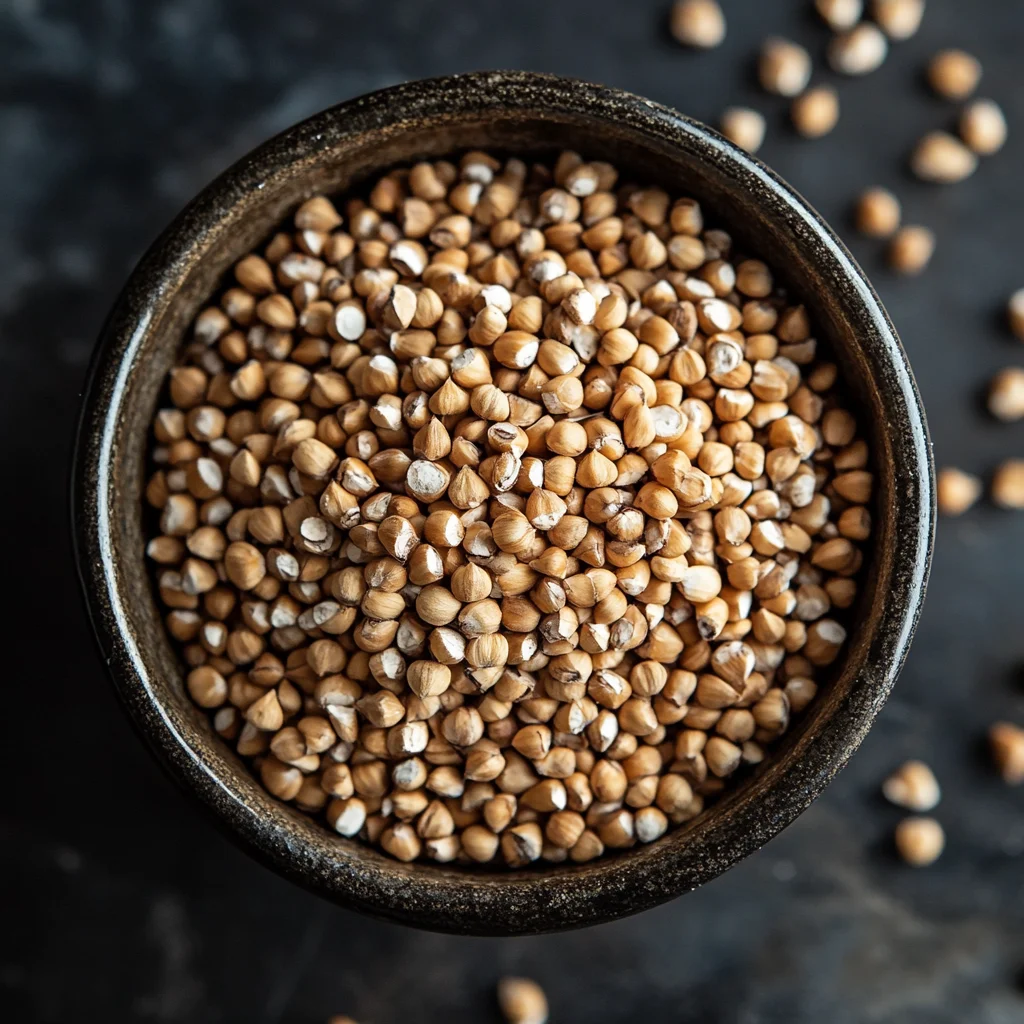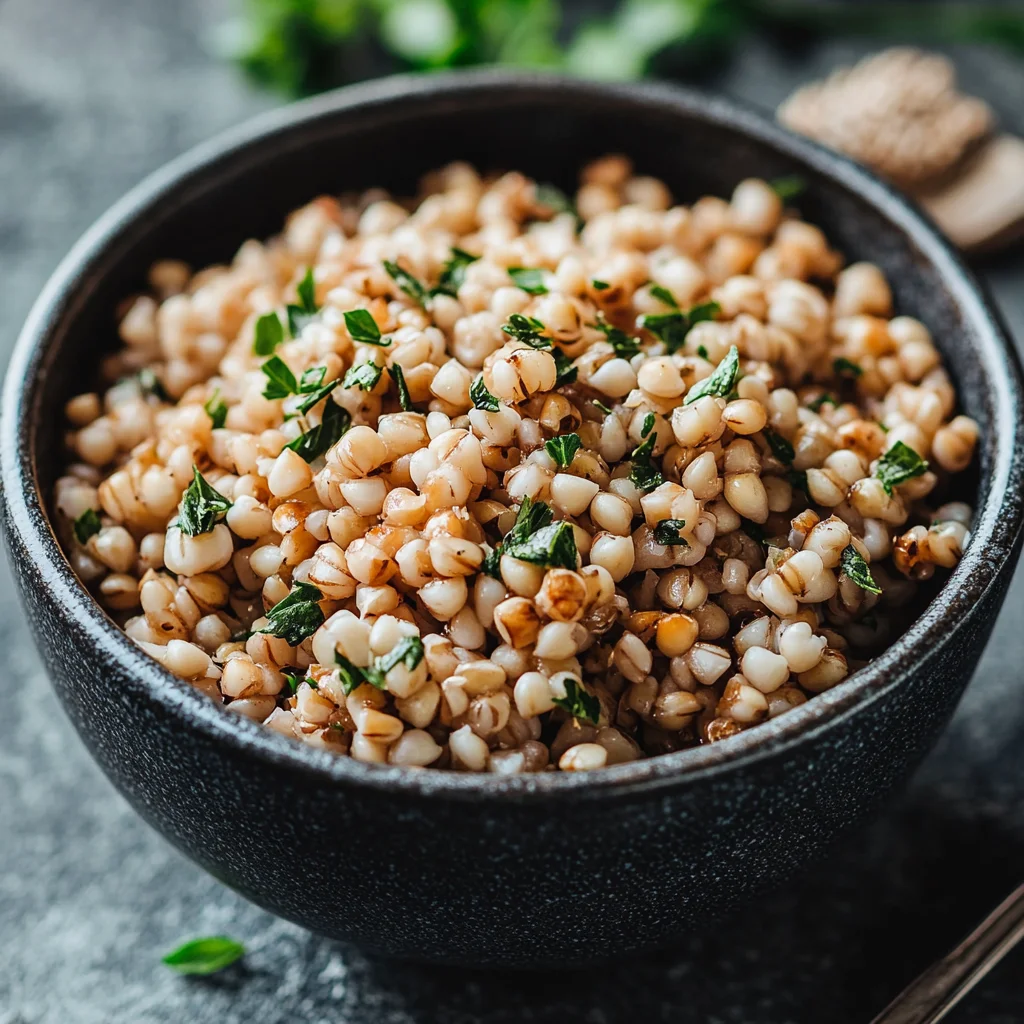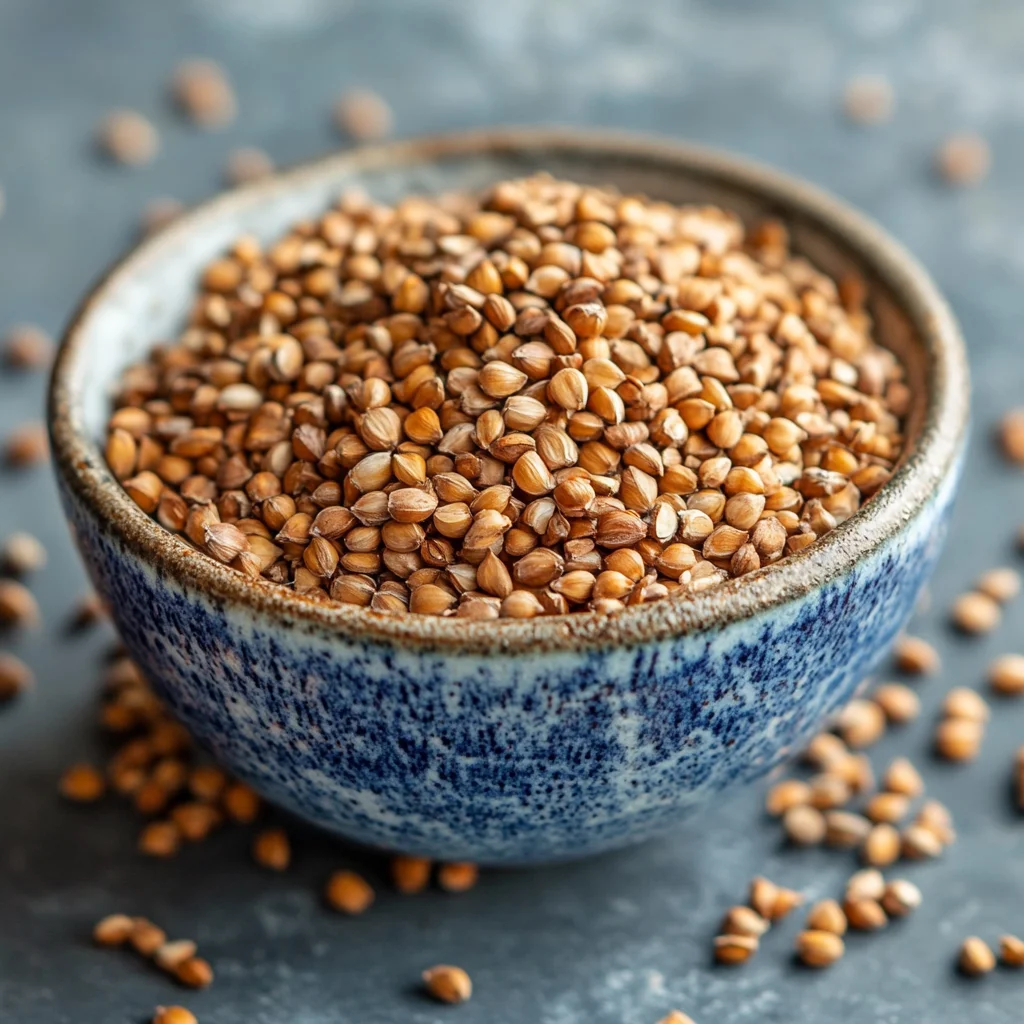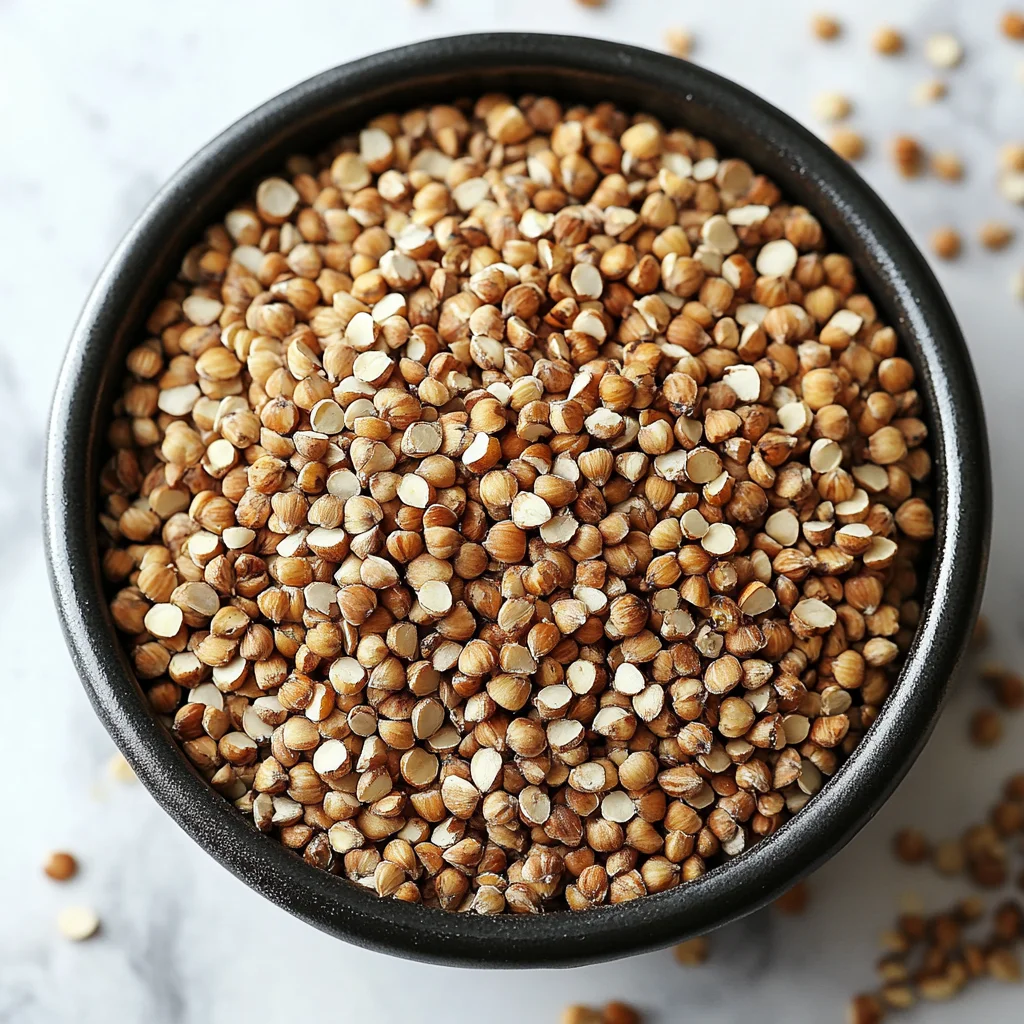Intro
Buckwheat is naturally gluten-free, but not all buckwheat products are safe for those with gluten sensitivity or celiac disease. If you want to know how to make sure your buckwheat is 100% gluten-free, read on. Due to cross-contamination during processing, some buckwheat can contain traces of gluten. In this guide, we will help you find certified gluten-free buckwheat. We will explain contamination risks and help you choose the safest options for your diet.
By the end of this article, you’ll learn:
- How to identify 100% gluten-free buckwheat.
- The risks of cross-contamination and how to avoid them.
- The best gluten-free buckwheat brands to buy.
Let’s dive in and make sure your buckwheat is truly gluten-free!
Understanding Buckwheat and Gluten
Is Buckwheat Naturally Gluten-Free?
Buckwheat is a pseudocereal, meaning it’s a seed, not a grain, and is naturally gluten-free. However, due to its name, it is often mistakenly associated with wheat. Buckwheat is different from regular grains. It has a lot of protein, fiber, and important minerals. This makes it a healthy choice for people on a gluten-free diet. Despite its natural gluten-free status, cross-contamination during processing can pose a risk. Learn more about the benefits of buckwheat from Healthline.
Why Some Buckwheat Products Contain Gluten
Although buckwheat itself is gluten-free, some products may contain traces of gluten due to processing methods. Cross-contamination often occurs in facilities that also handle wheat, rye, or barley. Bulk bins in grocery stores can also introduce gluten, as scoops may be shared between different grains. Some packaged foods made with buckwheat have additives that might contain gluten. So, it’s important to check the ingredient lists carefully. Find gluten-free buckwheat recommendations from Gluten-Free Watchdog.
How to Read Labels for Gluten-Free Safety
When purchasing buckwheat products, always look for a Certified Gluten-Free logo on the packaging. This certification ensures that the product has been tested and meets safety standards. Check for statements like “Processed in a gluten-free facility” to confirm that cross-contamination risks are minimized. Avoid products that include phrases such as “may contain traces of wheat”, as these indicate potential exposure to gluten. You can also check the latest FDA regulations on gluten-free labeling at FDA.gov.

How to Avoid Cross-Contamination in Buckwheat
Choosing the Right Buckwheat Products
To ensure your buckwheat is gluten-free, opt for brands that specifically state their products have been tested for gluten. Whole buckwheat groats are generally safer than processed buckwheat flour, as the risk of contamination increases during milling. When purchasing buckwheat in stores, avoid bulk bins, as they can easily become contaminated with gluten-containing grains.
How to Store Buckwheat Safely at Home
Even if your buckwheat is gluten-free when purchased, improper storage can lead to contamination. Store buckwheat in a sealed container. This keeps it safe from gluten particles in the air from wheat flour or other grains. Keep gluten-free buckwheat away from gluten products. Use separate kitchen tools like measuring cups and strainers to prevent cross-contact.
How to Test for Gluten in Buckwheat
If you have celiac disease or gluten sensitivity, think about using at-home gluten test kits. These kits can help you check for gluten in your buckwheat. Many certified gluten-free brands test their products regularly. If you are unsure about a product, it is a good idea to contact the manufacturer. Ask them about their gluten-testing procedures. If you frequently eat buckwheat, choosing only third-party certified gluten-free brands can provide peace of mind.
Best Gluten-Free Buckwheat Brands
Top Certified Gluten-Free Buckwheat Brands
There are several brands known for offering reliable, gluten-free buckwheat products. Some of the top certified brands include:
- Bob’s Red Mill – Offers Certified Gluten-Free Buckwheat Flour and Whole Groats.
- Arrowhead Mills – Provides organic, gluten-free tested buckwheat.
- Anthony’s Goods – Batch-tested gluten-free buckwheat groats.
- Nature’s Path – Sells gluten-free buckwheat cereals and products.
What to Look for When Buying Gluten-Free Buckwheat
When picking a buckwheat product, look for packaging that says Certified Gluten-Free. This certification comes from groups like the Gluten-Free Certification Organization (GFCO). Choose brands that regularly batch test their products for gluten levels. Checking online reviews from gluten-free consumers can also provide insights into product safety and quality.
Where to Buy 100% Gluten-Free Buckwheat
Finding certified gluten-free buckwheat is easier through reputable retailers:
- Online stores: Amazon, Thrive Market, and iHerb often carry gluten-free buckwheat products.
- Health food stores: Whole Foods, Sprouts, and Natural Grocers frequently stock gluten-free grains.
- Specialty gluten-free stores: Stores that focus on gluten-free products may provide safer choices. They follow strict gluten-free processing rules.

Cooking & Enjoying Gluten-Free Buckwheat
How to Cook Buckwheat Without Gluten Exposure
When preparing buckwheat, it’s important to take precautions to avoid gluten contamination. Always rinse buckwheat groats thoroughly before cooking to remove any residual dust or processing residues. Use separate pots, strainers, and cooking utensils designated for gluten-free foods to prevent accidental cross-contact. Cooking buckwheat with filtered water also minimizes the risk of exposure from shared kitchen appliances.
Best Ways to Enjoy Gluten-Free Buckwheat
Buckwheat is a versatile ingredient that can be incorporated into many gluten-free meals. Some delicious ways to enjoy it include:
- Gluten-free buckwheat porridge – A warm, nutritious breakfast option.
- Buckwheat flour pancakes and baked goods – A great alternative to wheat-based recipes.
- Buckwheat in salads, soups, or grain bowls – Adds a hearty, nutty flavor to meals.
Is Buckwheat Safe for Celiac Disease?
Yes, buckwheat is safe for people with celiac disease. However, it must be certified gluten-free. It should also be made in a gluten-free facility. Since even tiny amounts of gluten can harm people with celiac disease, it’s important to check a product’s certification. Always look for this information before eating. If you are adding buckwheat to your diet for the first time, watch how your body reacts. This will help you avoid any accidental gluten exposure.

Conclusion
To make sure your buckwheat is 100% gluten-free, you need to choose products carefully. Avoid cross-contamination and pick certified gluten-free brands. By following these steps, you can enjoy the health benefits of buckwheat while staying gluten-free.
💬 Have you tried buckwheat on a gluten-free diet? Share your experiences and favorite brands in the comments below!

